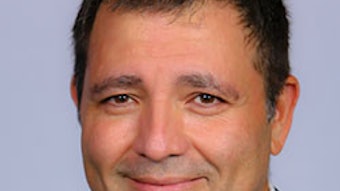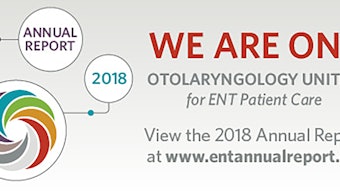New faces on Capitol Hill, but same partisan obstacles
When the 116th Congress convenes on January 3, 2019, Capitol Hill will look a little different. The balance of power has shifted slightly as the Democratic Party will have a majority in the U.S. House of Representatives, while the Republican Party maintained and expanded its majority in the U.S. Senate.
When the 116th Congress convenes on January 3, 2019, Capitol Hill will look a little different. The balance of power has shifted slightly as the Democratic Party will have a majority in the U.S. House of Representatives, while the Republican Party maintained and expanded its majority in the U.S. Senate.

More than 100 new Members of Congress will be sworn in, one of the largest and most diverse freshman classes in history. The number of women in the U.S. House will rise to 113, surpassing the previous record of 107. Among them is Kim Schrier, MD, (D-WA), a pediatrician who will become the only current female physician in Congress. In addition, John Joyce, MD, (R-PA), a dermatologist, will also join the ranks of Congressional physician members. With these additions, the 116th Congress will include 16 physicians—13 Republicans and 3 Democrats.
Committee assignments and agendas will likely not be set until early January, but healthcare is expected to remain a top priority—particularly efforts to lower prescription drug prices and protect coverage of “pre-existing conditions.” Majority Leader Mitch McConnell (R-KY) and Minority Leader Chuck Schumer (D-NY) will retain leadership roles for their respective parties in the U.S. Senate. And, in the House, U.S. Representatives Kevin McCarthy (R-CA) and Steve Scalise (R-LA) will lead the Republicans, while Nancy Pelosi (D-CA) will likely become the next Speaker of the House in January. and Steny Hoyer (D-MD) will assist as Majority Leader.
The AAO-HNS has already begun meeting with the incoming Members of Congress and leadership teams about issues impacting the specialty. Unfortunately, the partisan rhetoric from the 115th Congress will carryover, and likely worsen as the 2020 Presidential election nears. Join the ENT Advocacy Network and regularly visit www.entnet.org/advocacy to access timely updates on the Academy’s efforts to cut through the noise and advance the legislative priorities for otolaryngology!








